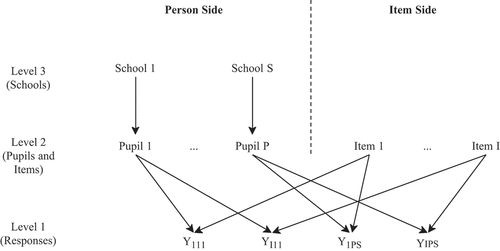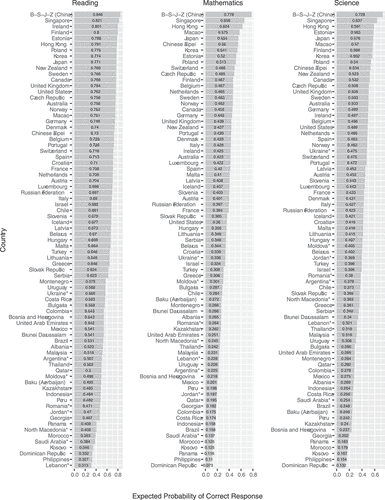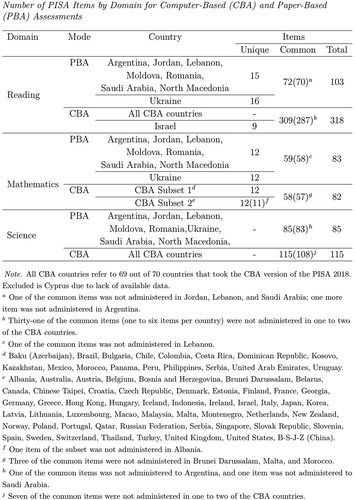Figures & data
Figure 2. PISA 2018 reading literacy variance components (VC) for pupils, schools and items plotted against the item to person variance components ratios (VCR).
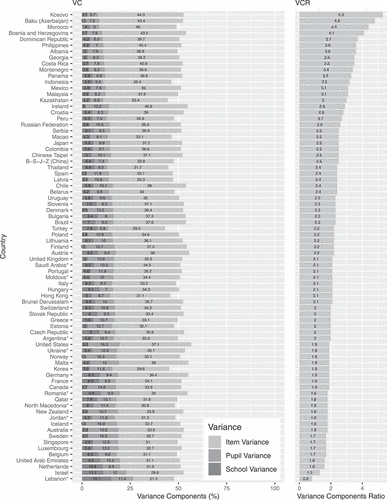
Figure 3. PISA 2018 mathematical literacy variance components (VC) for pupils, schools and items plotted against the item to person variance components ratios (VCR).

Figure 4. PISA 2018 science literacy variance components (VC) for pupils, schools and items plotted against the item to person variance components ratios (VCR).
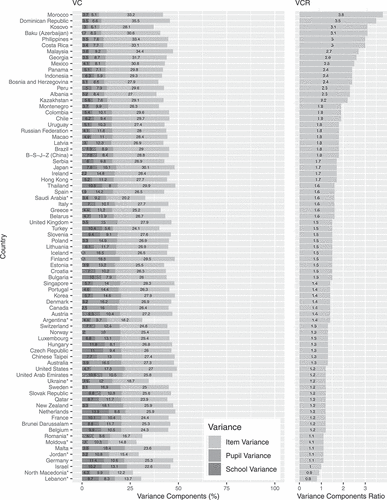
Figure 5. PISA 2018 pupil variance components by domain plotted against across-countries average pupil variance components.
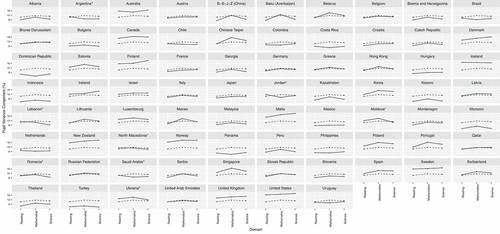
Figure 6. PISA 2018 school variance components by domain plotted against across-countries average school variance components.
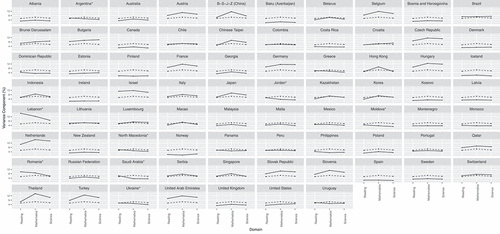
Figure 7. PISA 2018 item variance components by domain plotted against across-countries average item variance components.
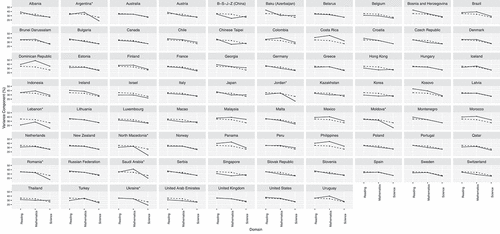
Table A1. Country-wise parameter estimates of the cross-classified mixed effects model for the PISA 2018 reading literacy domain.
Table A2. Country-wise parameter estimates of the cross-classified mixed effects model for the PISA 2018 mathematical literacy domain.
Table A3. Country-wise parameter estimates of the cross-classified mixed effects model for the PISA 2018 science literacy domain.
Table B1. Number of PISA items by domain for computer-based (CBA) and paper-based (PBA) Assessments.
Table C1. Sensitivity analysis resulting country-wise variance components (VC) and variance components ratios (VCR).

